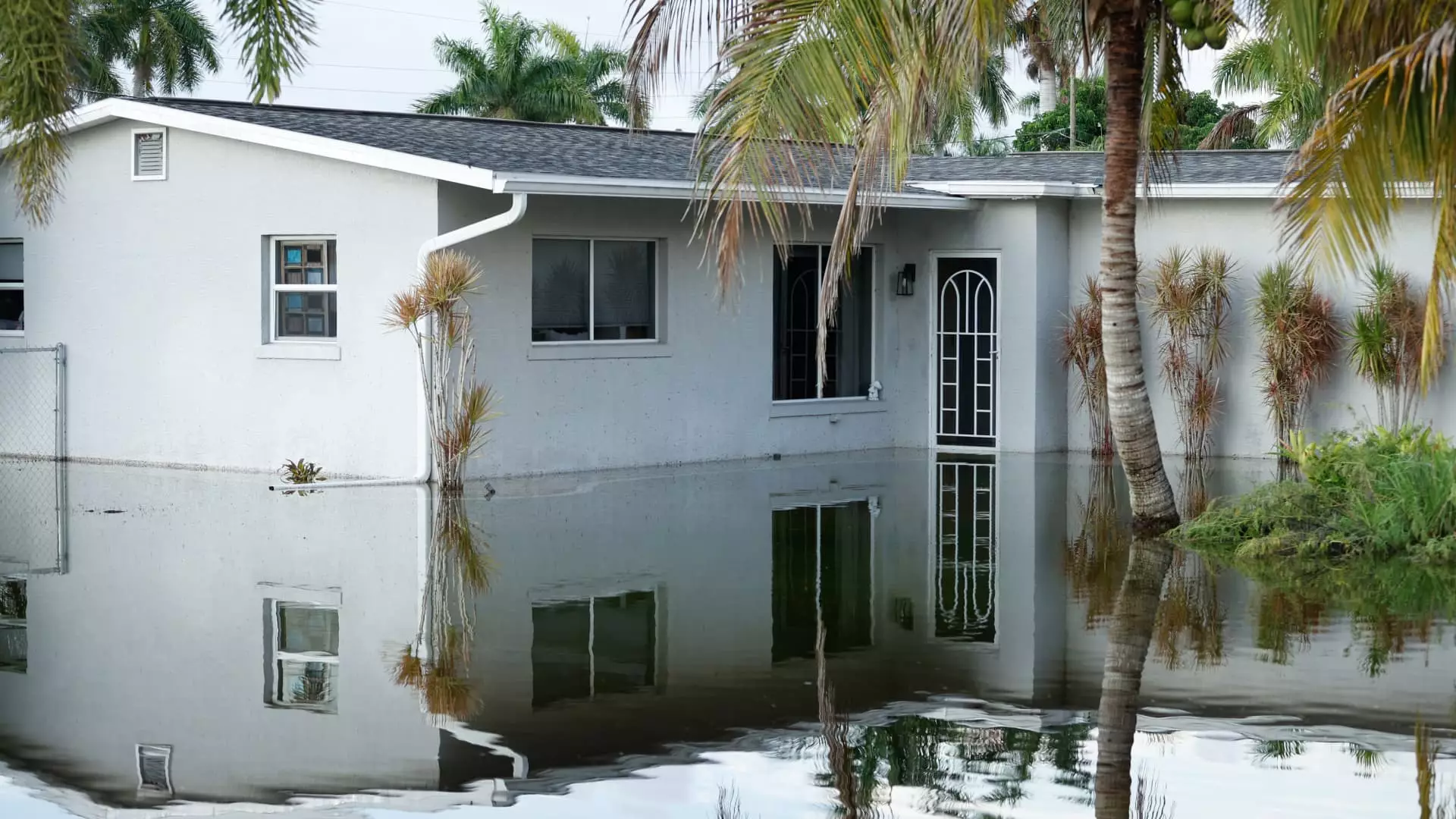In recent years, consumers have been facing unexpected increases in their homeowners insurance premiums. According to Policygenius, home insurance prices rose by an average of 21% between May 2022 and May 2023, leading to significant sticker shock for many policyholders. This surge in prices can be attributed to a rise in catastrophic severe weather events, which have resulted in higher costs for insurance companies.
One of the major challenges in calculating home insurance premiums is factoring in climate risk. With the levels of risk and types of hazards continually changing, insurers are struggling to accurately assess how to price policies actuarially. The lack of data sharing between insurers and homeowners further complicates this issue, making it difficult to determine how climate risk is influencing the cost of insurance.
The rise in home insurance premiums is not a new phenomenon, as evidenced by the average premium increasing from $1,034 to $1,411 between 2012 and 2021. Climate change introduces the potential for economic “fat-tailed losses,” where storm damage is not evenly distributed across all properties or over time. This unpredictability poses a significant challenge for insurance companies in managing the financial implications of climate-related risks.
In response to the escalating risks associated with severe weather, insurance companies have been adjusting their pricing models. However, understanding how premiums will continue to rise remains a challenge due to limited data availability. While insurers gather data on weather-related losses to inform policy premiums, this information is not publicly accessible, making it hard for consumers to predict future premium increases.
For homeowners living in areas prone to flood or fire, the rising cost of home insurance presents a significant challenge. Companies like State Farm and Allstate have stopped accepting new policies in certain states, leaving homeowners with limited options for coverage. The lack of affordable and accessible insurance options can hinder homeownership, as most mortgages require insurance, creating a barrier for entry into the housing market.
State-run insurance programs like Citizens’ Property Insurance in Florida and California’s FAIR plan offer coverage options for homeowners who cannot find insurance in the private market. While these programs serve as a last resort, they may not always provide the same level of coverage or quality as private insurers. The discrepancy in actuarial principles between state-run programs and private insurers can lead to potential gaps in coverage, further complicating the insurance landscape for homeowners.
The rising cost of home insurance premiums due to climate-related risks presents a complex challenge for insurers and consumers alike. As severe weather events continue to increase in frequency and intensity, the insurance industry will be forced to adapt its pricing models to account for these changing risks. Consumers must be proactive in understanding their insurance coverage options and exploring alternative solutions to mitigate the financial impact of rising premiums.

